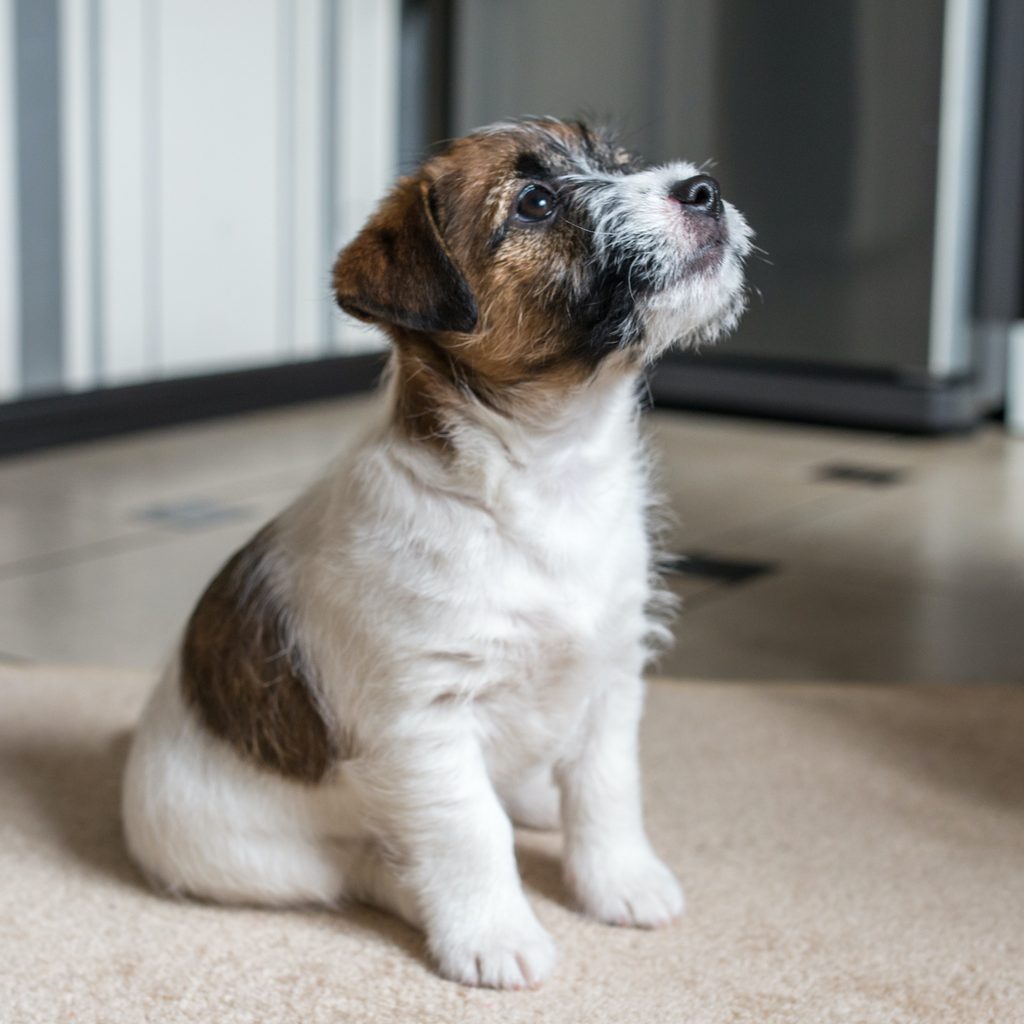While every puppy develops their own quirks in communication, it can be frustrating for everyone if they can’t let you know when it’s time to go outside. Luckily, learning how to bell train a puppy is more than doable — it’s easy. Once you have the hang of the process, your dog can watch your lead and learn to make associations between the bell and the door to go outside. Potty bell training is a lifesaver!
Before you get started, make sure to have a dog-friendly bell ready to go. Pick one door to use for potty breaks, as consistency is key to helping your furry friend learn. The last thing you’ll need is a patient and positive attitude since any stress you feel is sure to be felt by your pup as well. Remember, your dog is learning from you!
The benefits of bell training your puppy
Whether your pup tends to bark, whine, or just plain stare at you when he’s ready to head outside, teaching him to use a bell will make asking to go out as easy as can be. This will increase trust between you and your puppy, and it will give him the chance to be let outside quickly — hopefully reducing the number of indoor accidents during potty training.
The bell is a signal that anyone can understand (as long as they know about your dog’s training), so your dog will be able to ask to go potty no matter whom he’s with. Puppyhood is a great time to introduce bell training, especially since it can be done side by side with potty training itself.

Introduce your dog to the bell
The first step in the process is to get your dog used to the bell and what it does. On day one, all you need to do is reward and praise your pup simply for interacting with the bell. Even a sniff deserves a treat!
Repeat this step for a couple of days to make sure your dog isn’t anxious with the bell or the sound it makes. At this point, you’ll probably have to shake or press the bell yourself, but your curious pup might try it out himself. If he does, make sure to reward and praise him even more than normal.
Ring the bell every time you take your dog outside
As you move on to step two, make sure your puppy knows exactly where to find the bell. You’ll want to place it on or next to the door you’d like him to use when going outside. For dogs who can reach, you may want to hang the bell on the door handle or have it on the ground next to the door.
Walk him over to the bell when it’s time to go potty. Make sure he sees you ring it — he needs to learn how to do it if he hasn’t gotten the hang of it already — then immediately open the door and let your dog out to do his business.
Here’s the key: consistency. You’ll need to repeat this process every time you let your dog out. It’s a good idea to make sure everyone in the home is going through the motions, too, so your dog knows the bell is a way to communicate with anyone.

Reward your dog for touching the bell himself
Your furry friend may offer a helping paw without being asked, which should be met with praise and treats to encourage him to do it again. If he’s only been watching so far, you may want to incorporate a verbal command such as “bell” to say when you ring the bell, followed by a word your dog recognizes (“potty” or “outside,” for example) as you open the door to let him out. Verbal cues might just help him make the association between the bell and the opening of the door.
Whenever your furry friend begins to reach for the bell himself, reward him! Make sure to let him out immediately, too, to keep strengthening the mental association between action and reward. Before you know it, your dog will be ringing the bell completely on his own, even when you’re not right nearby!
Bell training your puppy may look like some incredible feat requiring months of bonding and intense work, but it can be learned simply by incorporating it into what you already do with your dog every day. Learning this unique skill will make life easier for you both now that your fur baby can ask for exactly what he needs! You’ll love no more accidents in the house, and your pup will feel even closer to you than before — what is there to lose?



